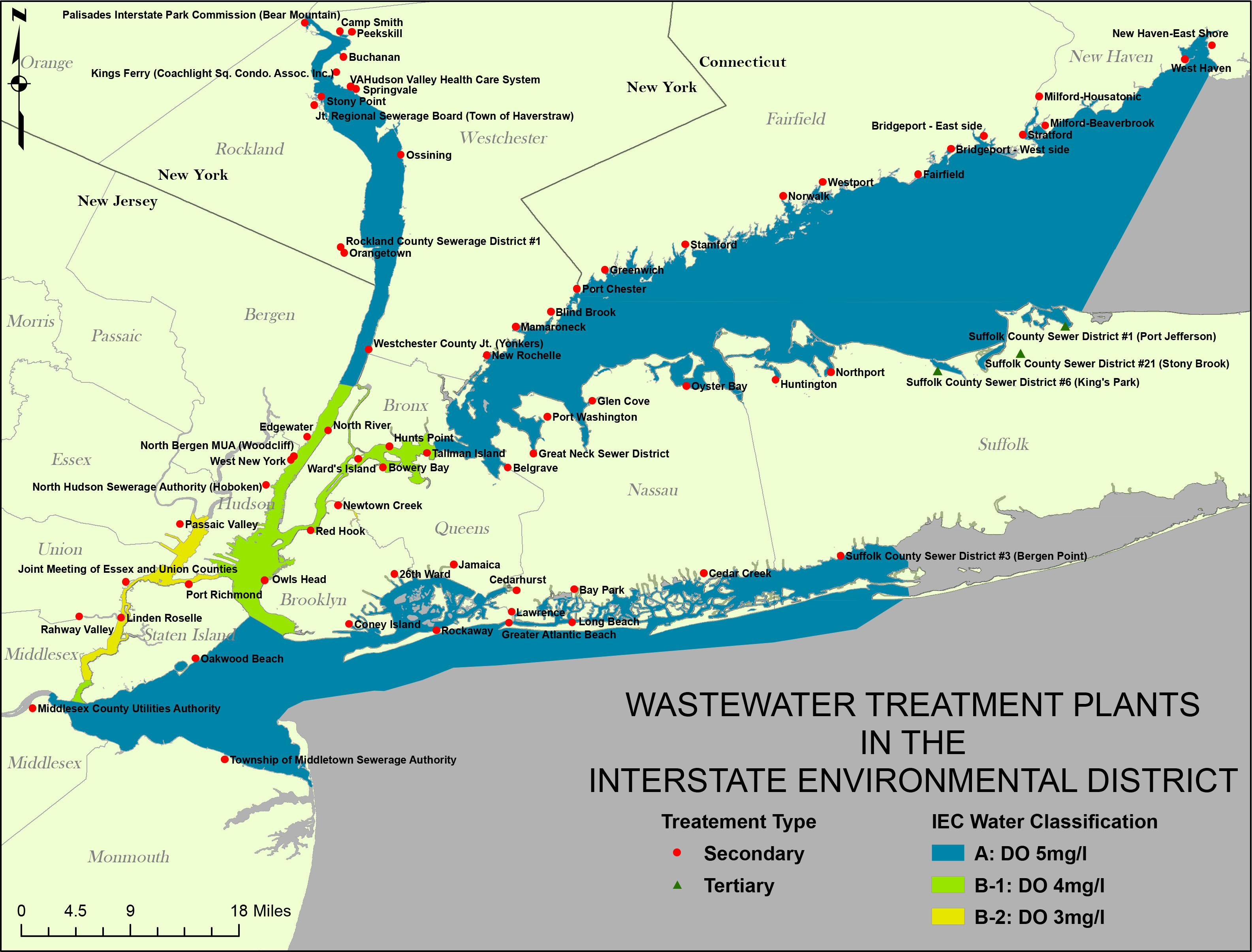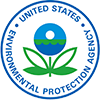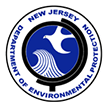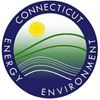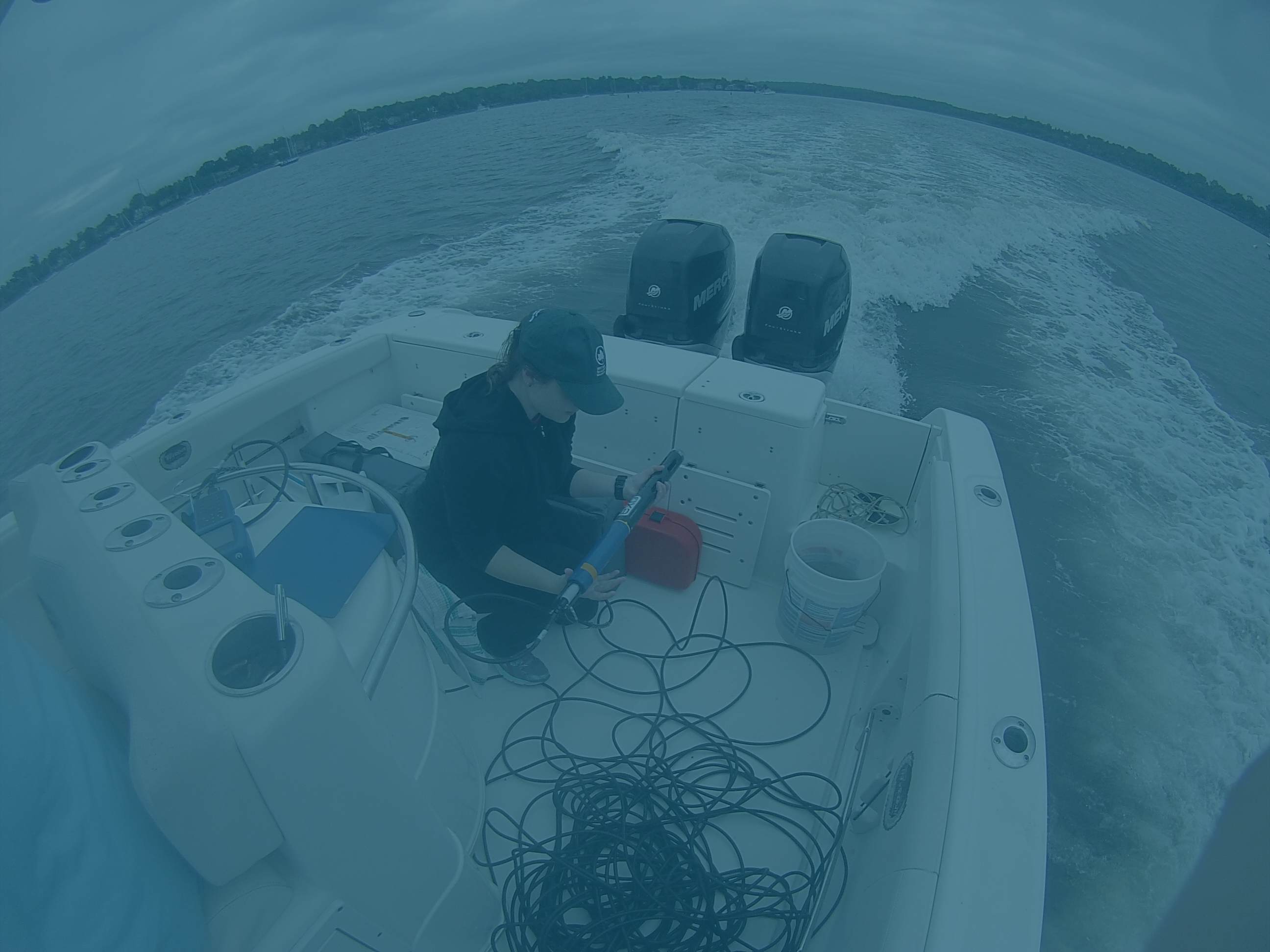
Compliance Monitoring
IEC has developed a robust, coordinated and tailored compliance assistance program which includes inspections at SPDES-permitted wastewater treatment plants (water resource recovery facilities), industrial dischargers, pump stations, combined sewer systems as well as municipal separate storm sewer (MS4) systems.
NPDES-permitted Discharger Inspections
IEC’s staff conducts inspections with sampling at industrial facilities and municipal wastewater treatment plants year-round. These inspections, which are coordinated with state agencies, include effluent sampling and an inspection of processes, equipment, and plant records. Samples collected at these facilities are analyzed in the IEC’s certified laboratory to determine compliance with the IEC’s Water Quality Regulations and with each facility’s specific National Pollutant Discharge Elimination Program (NPDES) permit. In many cases, IEC is the only agency performing effluent compliance monitoring at NPDES permitted discharges. Thus, IEC’s compliance monitoring is, in many cases, the only verification of data reported by permittees on discharge monitoring reports. The Commission reports results of inspections to the facility, the appropriate state environmental department, and the US EPA and enters findings into the EPA developed database, ICIS.
Pump Station Inspections
Wastewater is transported to treatment facilities through collection systems—systems of pipes that use gravity and pumps to transport wastewater. Pump stations, either individually or in series with other pump stations, are an integral part of collection systems. Each pump station typically consists of two or more pumps that pump—or force—wastewater into a force main, where it travels either to another pump station or to a wastewater treatment plant.
Pump stations, like many parts of regional collection systems, are part of an aging infrastructure. Over time, especially when not maintained regularly, pump stations lose efficiency and periodically fail. Pump failures due to clogs, power outages, and high flows that exceed capacity can lead to backups and overflows, possibly resulting in the release, or bypass, of untreated wastewater to the environment and IEC District waters. As a result of discussions with member States within the IEC District, certain regional agencies, particularly NYSDEC Regions 1 and 3, requested assistance in conducting pump station inspections. Pump station inspections consist of a tour of the station looking at general housekeeping, pump condition, capacity, pump logs, power supply, backup power supply, and alarm systems and any associated logbooks or documentation. The pump station inspection report checklist is used as a guidance document for the inspection to ensure all applicable aspects of the facility are inspected. All findings will be recorded on an inspection report. All findings from the inspection included in the inspection report will be distributed to the appropriate regional offices of the state environmental agencies and the U.S. EPA.
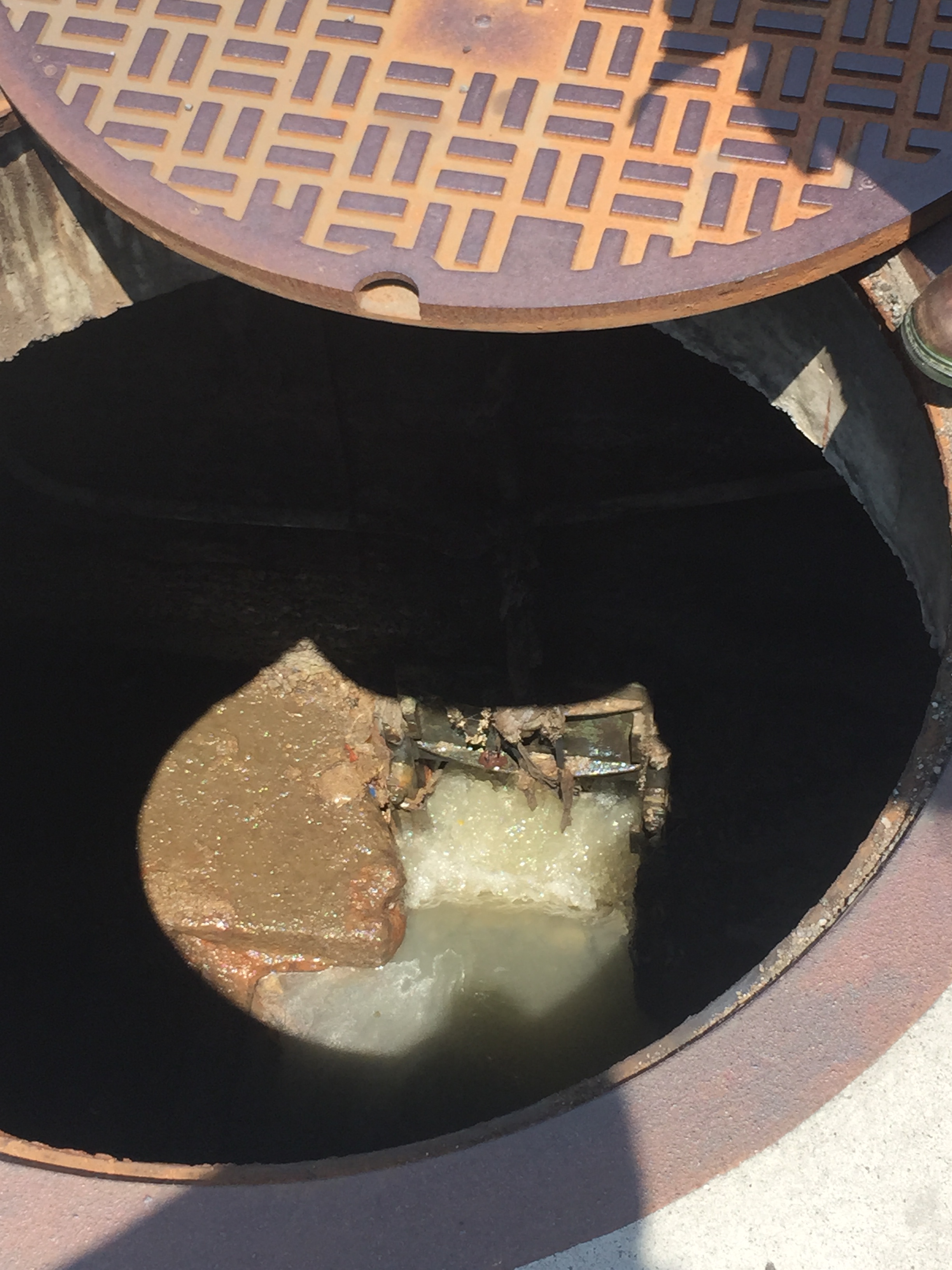
Combined Sewer System (CSS) and Municipal Separate Storm System (MS4) Inspections
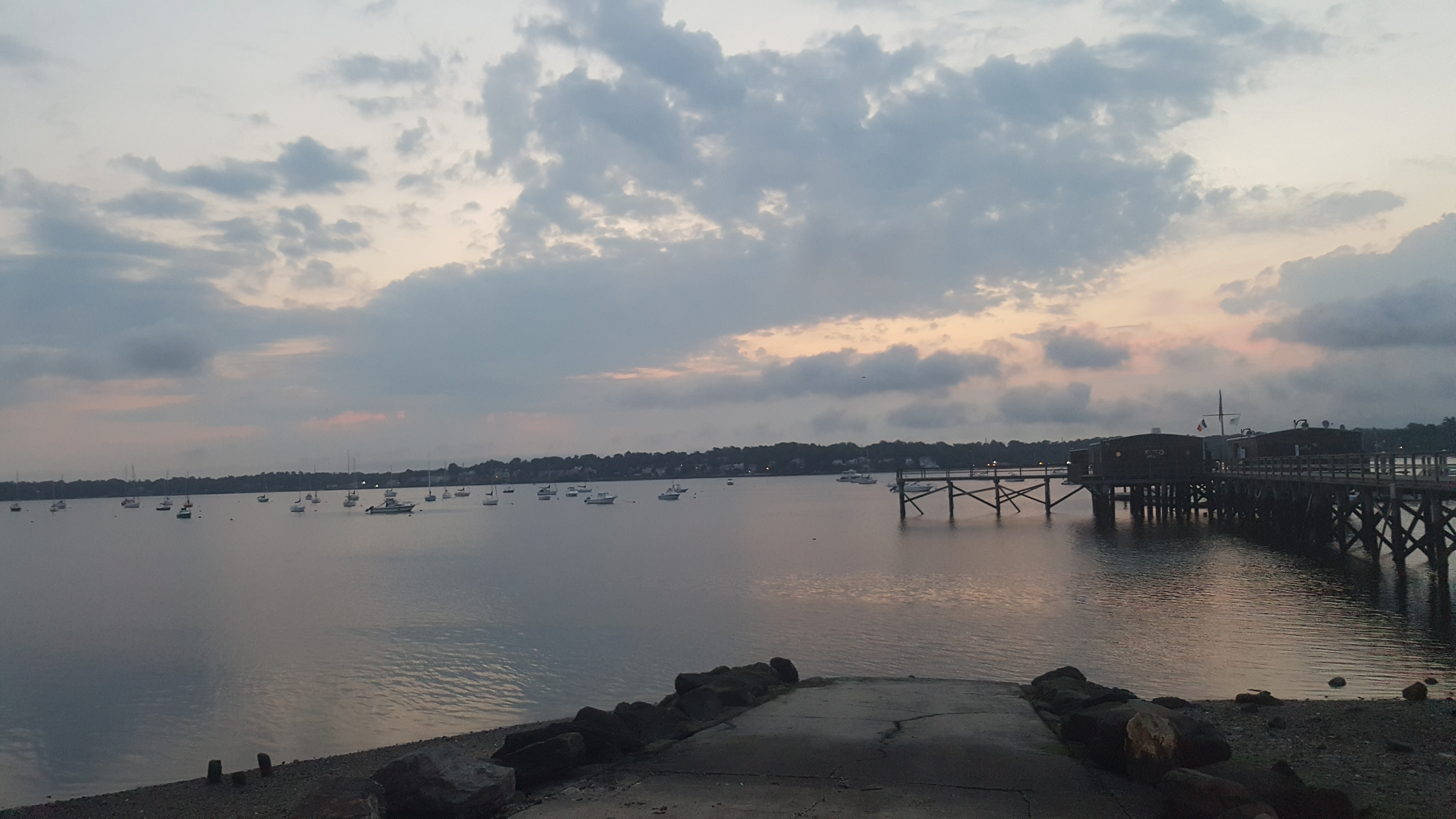
Stormwater, urban runoff, and illicit discharges have become a primary water quality issue throughout the IEC District. In response, IEC has developed a CSS/MS4 inspection program in accordance with an EPA-approved QAPP. In addition to an interview with municipality representatives, CSS and MS4 inspections typically include field inspections. The objective of field inspections is to visit and inspect components of the MS4 or CSS (i.e. outfalls, manholes, piping, catch basins, etc.) throughout the municipality, identify additional outfalls that are not part of the existing storm sewer system mapping, collect data that provide more information about how the CSS or MS4 system is functioning, and identify any potential illicit discharges. Each outfall inspected in the field is recorded. In addition, characteristics and conditions (i.e. location description, site conditions, structural integrity, pipe size and condition, flow, direction of flow, odor, foam, oil and grease sheen, etc.) of the outfall and GPS coordinates are collected and recorded. If dry weather flow exists, the outfall may be screened and sampled for parameters including temperature, pH, conductivity, dissolved oxygen, total residual chlorine, pathogens and other parameters to help identify the source of the discharge. All dry weather flows are reported and forwarded to the appropriate state and EPA.
